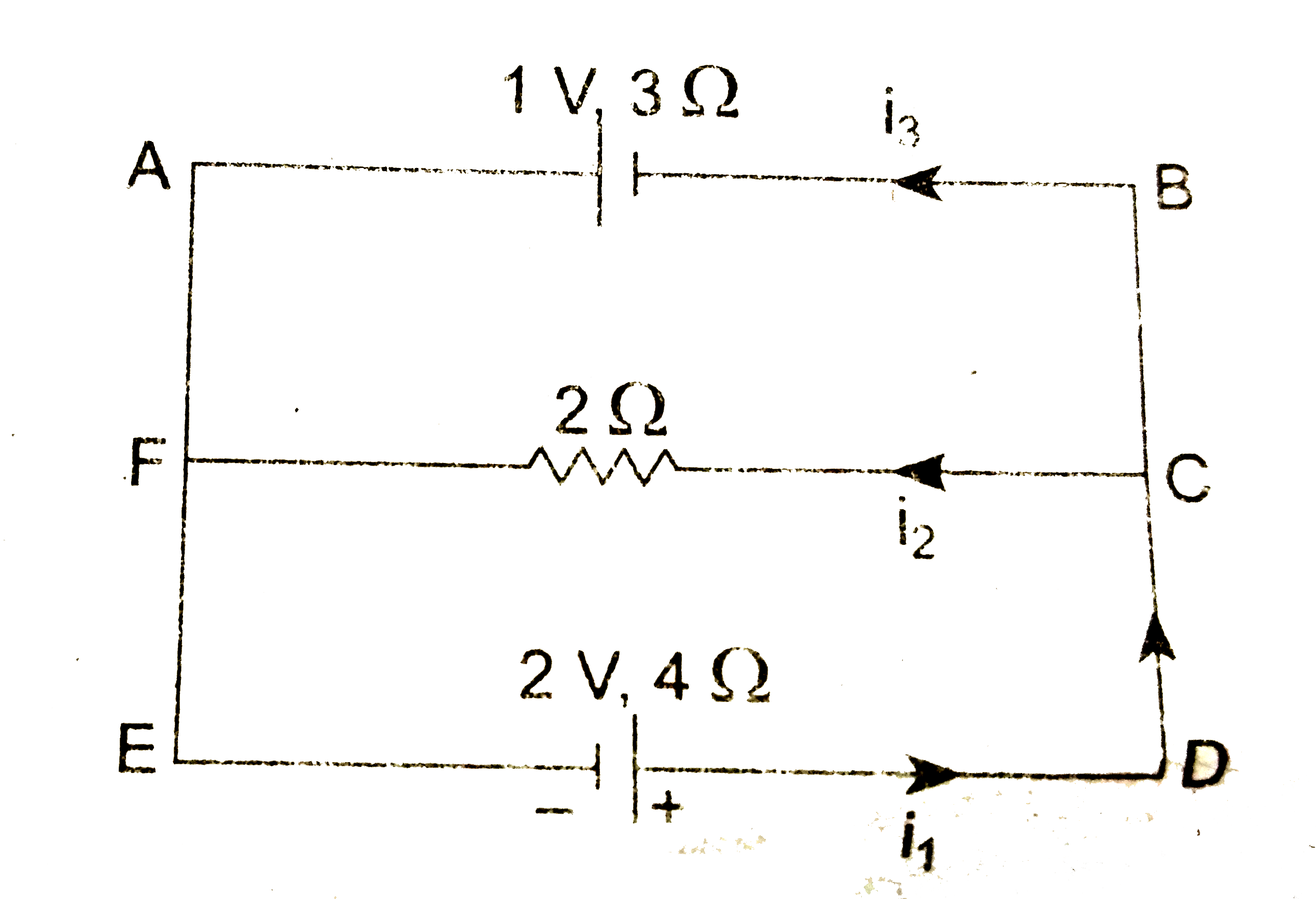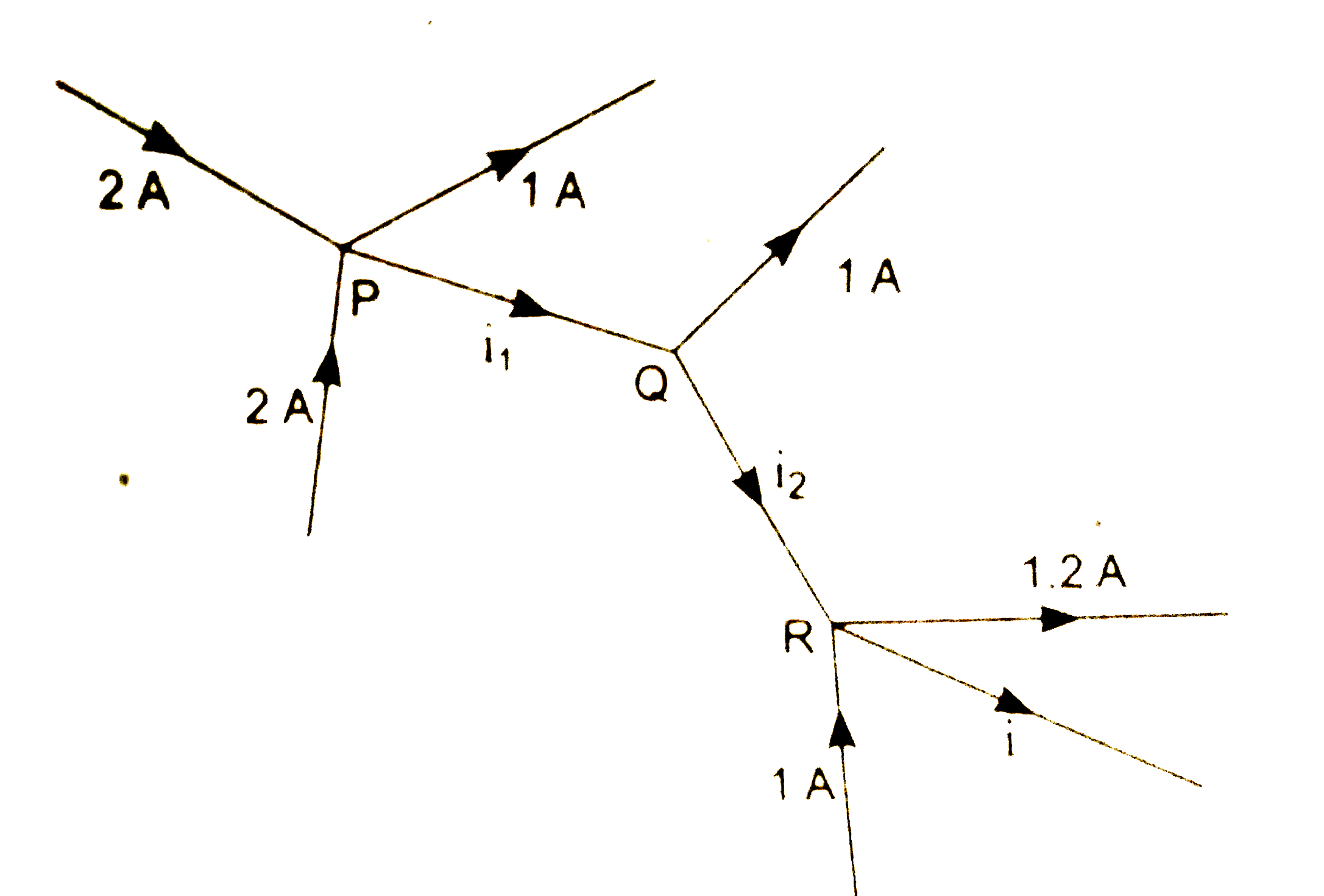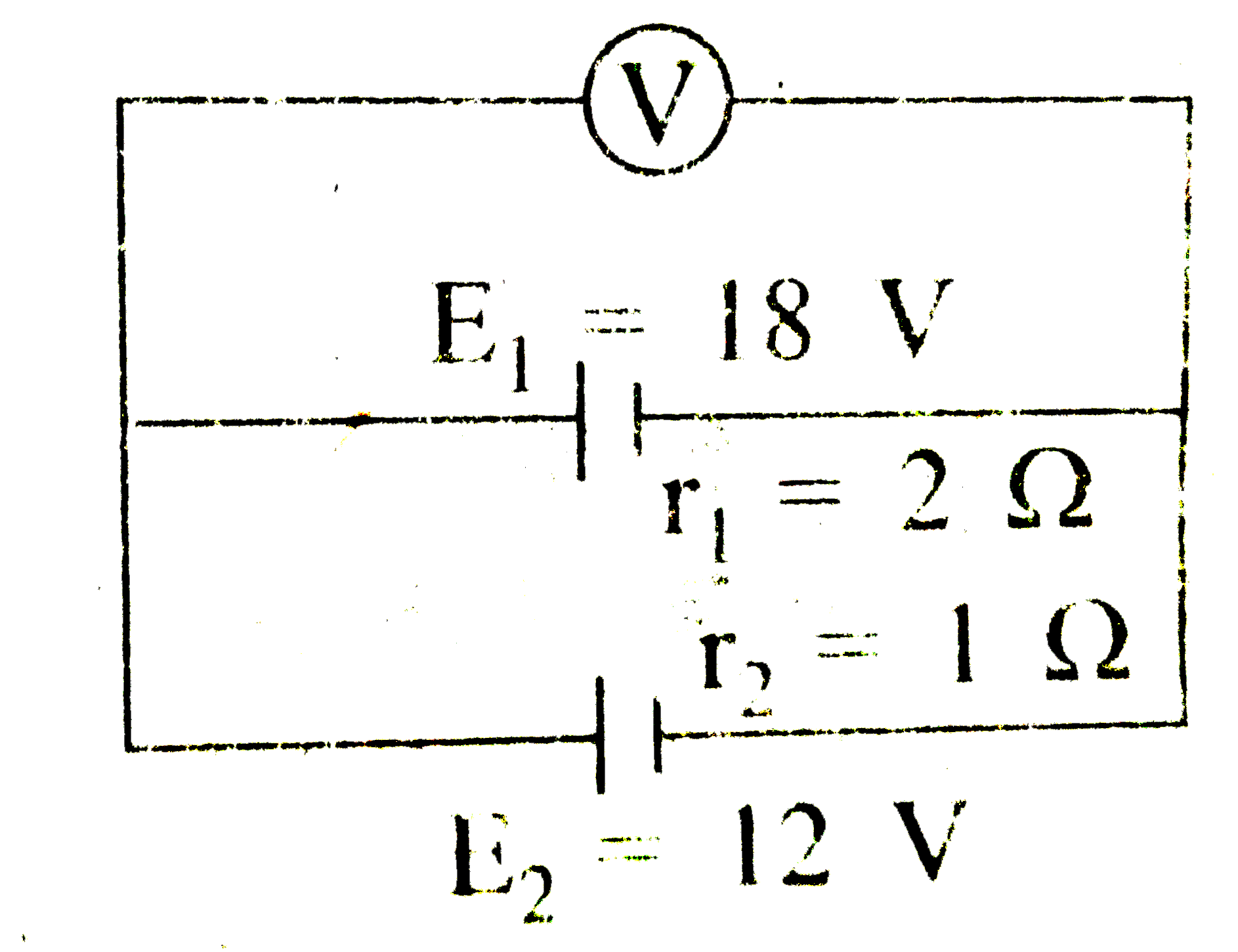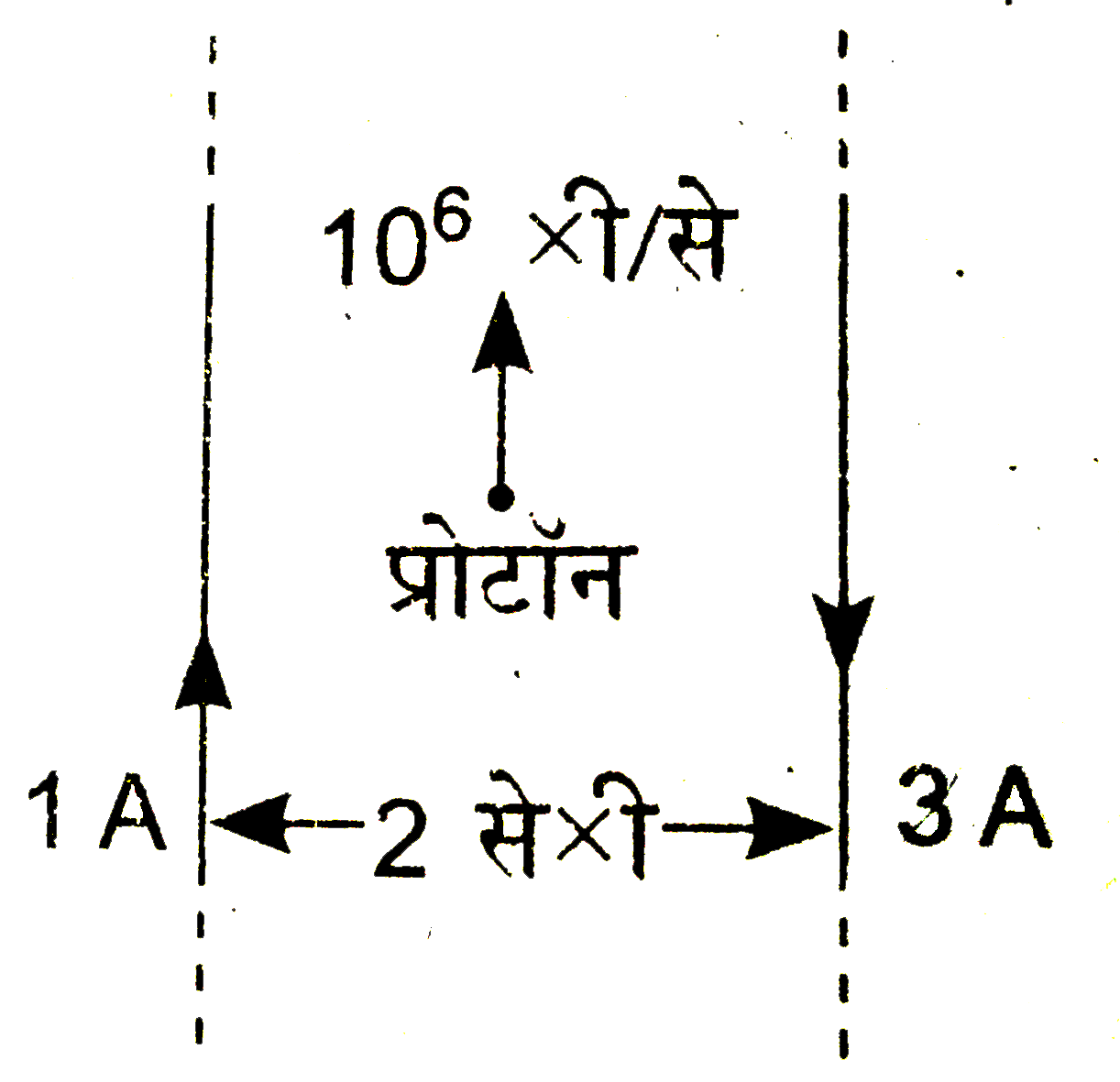The given Venn diagram represents employees in an organisation The triangle represents ‘teachers’, the circle represents ‘ladies’, the rectangle represents ‘unmarried persons’. The numbers given in the diagram represent the number of persons in that particular category. How many married ladies are teachers ?
दिया गया वेन आरेख एक संगठन में कर्मचारियों की संख्या को दर्शाता है | त्रिभुज 'शिक्षकों' को दर्शाता है, वृत्त 'महिलाओं' को दर्शाता है, आयत “अविवाहित लोगों' को दर्शाता है | आरेख में दी गयी संख्याएँ उस विशेष श्रेणी में व्यक्तियों की संख्या को दर्शाती हैं |

कितनी विवाहित महिलाएं शिक्षक हैं ?
9
11
3
6
Step by step video & image solution for The given Venn diagram represents employees in an organisation The triangle represents ‘teachers’, the circle represents ‘ladies’, the rectangle represents ‘unmarried persons’. The numbers given in the diagram represent the number of persons in that particular category. How many married ladies are teachers ? दिया गया वेन आरेख एक संगठन में कर्मचारियों की संख्या को दर्शाता है | त्रिभुज 'शिक्षकों' को दर्शाता है, वृत्त 'महिलाओं' को दर्शाता है, आयत “अविवाहित लोगों' को दर्शाता है | आरेख में दी गयी संख्याएँ उस विशेष श्रेणी में व्यक्तियों की संख्या को दर्शाती हैं | कितनी विवाहित महिलाएं शिक्षक हैं ? by Reasoning experts to help you in doubts & scoring excellent marks in Class 14 exams.
Updated on:21/07/2023Topper's Solved these Questions
Similar Questions
Read the given statements and conclusions carefully. Assuming that the information given in the statements is true, even if it appears to be at variance with commonly known facts, decide which of the given conclusions logically follow(s) from the statements.
दिए गए कथनों और निष्कर्षों को ध्यान से पढ़ें। यह मानते हुए कि कथनों में दी गई जानकारी सही है, भले ही यह सामान्य रूप से ज्ञात तथ्यों के साथ विचरण करती हो, यह तय करें कि दिए गए निष्कर्षों में से कौन सा कथन से तार्किक रूप से अनुसरण करता है। Statements/ कथन : Some plants are trees./ कुछ पौधे पेड़ हैं | All trees are bushes./ सभी पेड़ झाड़ियाँ हैं | Conclusions/ निष्कर्ष : 1.Some bushes are plants./ कुछ झाड़ियाँ पौधे हैं 2.All bushes are plants./ सभी झाड़ियाँ पौधे हैं | 3.No bush is a plant./ कोई भी झाड़ी पौधा नहीं हैं
View SolutionWhat will be the day of the week on 15 August 2021?
15 अगस्त 2021 को सप्ताह का कौन सा दिन होगा?
View Solutionदिए गए परिपथ में प्रत्येक शाखा में धारा का मान ज्ञात करे ? ।

View Solutionदिए गए वैधुत परिपथ में सेल में प्रवाहित धारा ज्ञात कीजिए । सेल का आन्तरिक प्रतिरोध नगण्य है ।
View Solutionदिए गए परिपथ में धारा I का मान ज्ञात कीजिये ?

View Solutionसंलग्न चित्र में, यदि धारामापी G में कोई विक्षेप नहीं हैं तो एक दशा में प्रतिरोध R का मान तथा इसमें प्रवाहित धारा का मान परिकलित कीजिए ।
View Solutionदिए गये परिपथ में प्र्तेक सेल के सिरों के बीच विभवान्तर ज्ञात कीजिए ।
View Solutionदिए गये विघुत परिपथ में तथा के मध्य विभवान्तर की गणना कीजिए ।

View Solutionm द्रव्यमान का कण जिस पर आवेश q है, एकसमान चुम्बकीय क्षेत्र B के लम्बवत वेग v से प्रिविष्ट करता है। इसके पथ की त्रिज्या होगी-
View Solutionप्रदत्त चित्र में दो लम्बे समान्तर धारावाही चालकों में 1 ऐम्पियर तथा 3 ऐम्पियर की धाराएँ एक-दूसरे के विपरीत दिशाओं में प्रवाहित हो रही है। तारों के बीच 2 सेमी की दूरी है। तारों के बीच ठीक मध्य-बिन्दु पर 106 मी/से की चाल से गतिमान प्रोटॉन पर कार्य करने वाले बल का मान तथा दिशा ज्ञात कीजिए।

View Solutionकिसी प्रत्यावर्ती परिपथ में L ,C और R श्रेणीक्रम में जुड़े हैं परिपथ का आरेख बनाइए । परिपथ की प्रतिबाधा एवं अनुनादी आवृति के लिए सूत्र लिखिए ।
View Solutionवाटहीन धारा का एक परिपथ आरेख खीचिए।
View SolutionA और B की आय में 9:7 का अनुपात और उनके खच्चों का अनुपात 4:3 है। यदि इनमें से प्रत्येक 4000 प्रति माई बचता है तो इनमे प्रत्येक की मासिक आय ज्ञात कीजिए । यदि प्रत्येक बुजुर्ग व्यकितयों के कार्यो में लगी सस्था में अपनी आय का 9% है तो इनमे प्रत्येक की परिणामी बचत ज्ञात कीजिए । यह कार्य दर्शाता है ।
View Solutionसमीरकण x=2,y=3 का युग्म आलेखीय रूप से वे रखी निरूपति करता है , जो
View Solutionएक पासा फेंका जाता है। मान लीजिए घटना E ‘पासे पर संख्या 4 दर्शाता है और घटना F 'पासे पर सम संख्या दर्शाता है। क्या E और F परस्पर अपवर्जी हैं ?
View Solutiondydx=1+x+y+xy का हल है
View Solution
